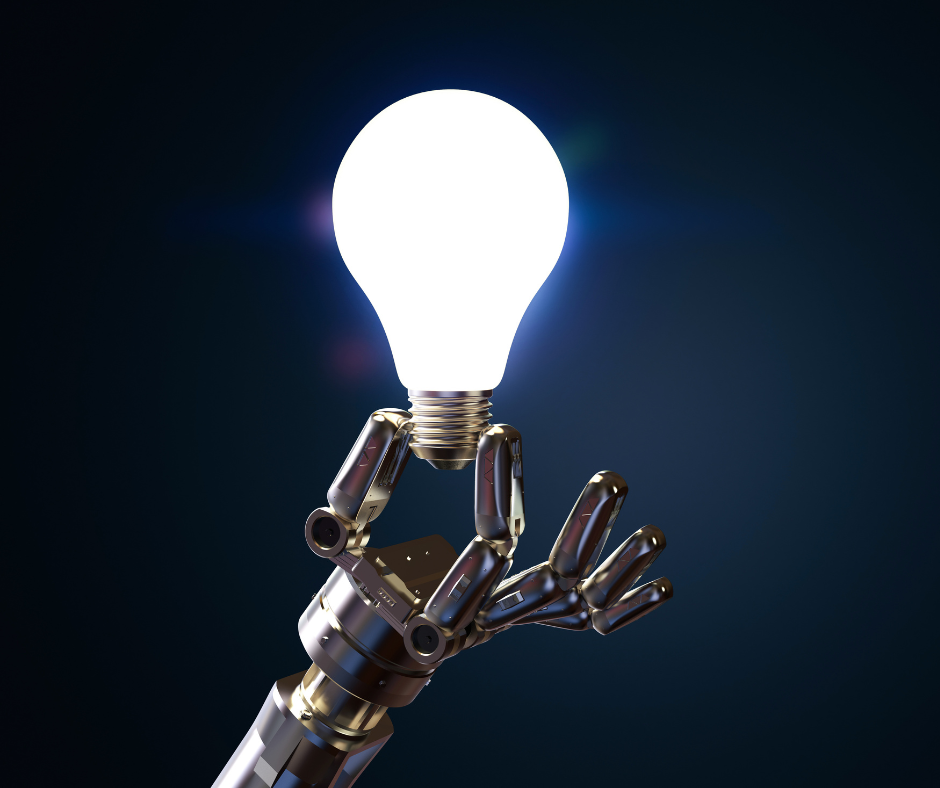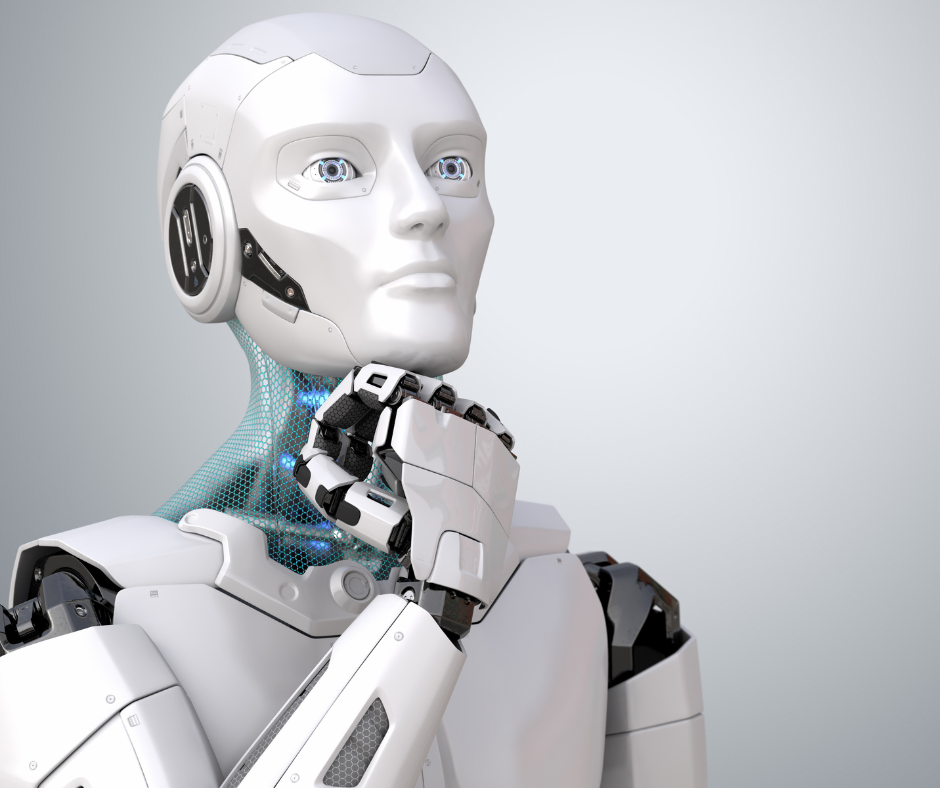

AI 101: Intro To Artificial Intelligence
The vast landscape of Artificial Intelligence (AI) reveals a rich tapestry woven across centuries, spanning from ancient myths to cutting-edge technological marvels. Discover the evolutionary path of AI, exploring its origins and pivotal moments in its historical timeline, and the remarkable modern applications shaping our daily lives. Discover the foundations, methodologies, and diverse applications of AI, from its inception to the present-day integration into our homes, businesses, and industries.




